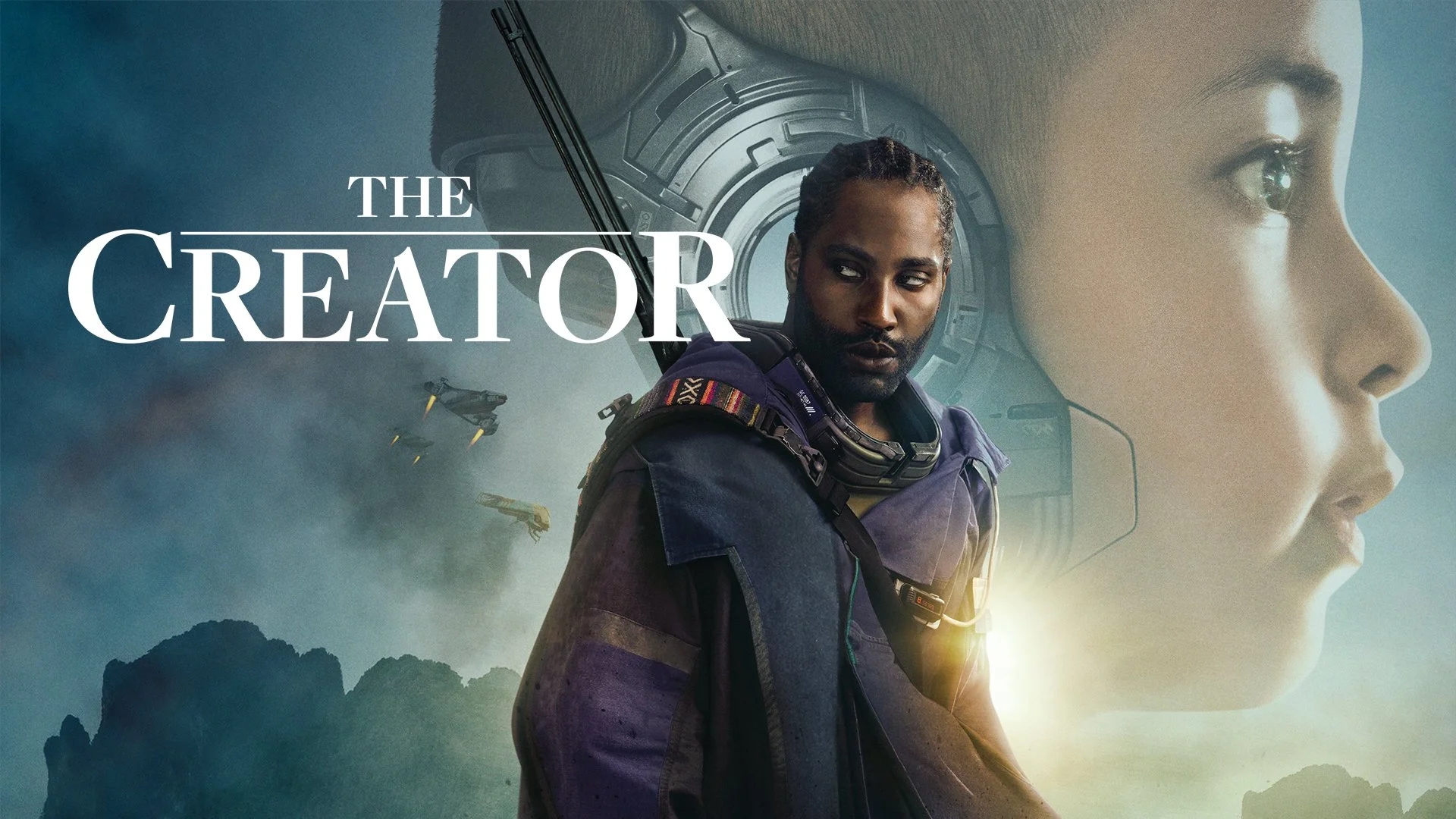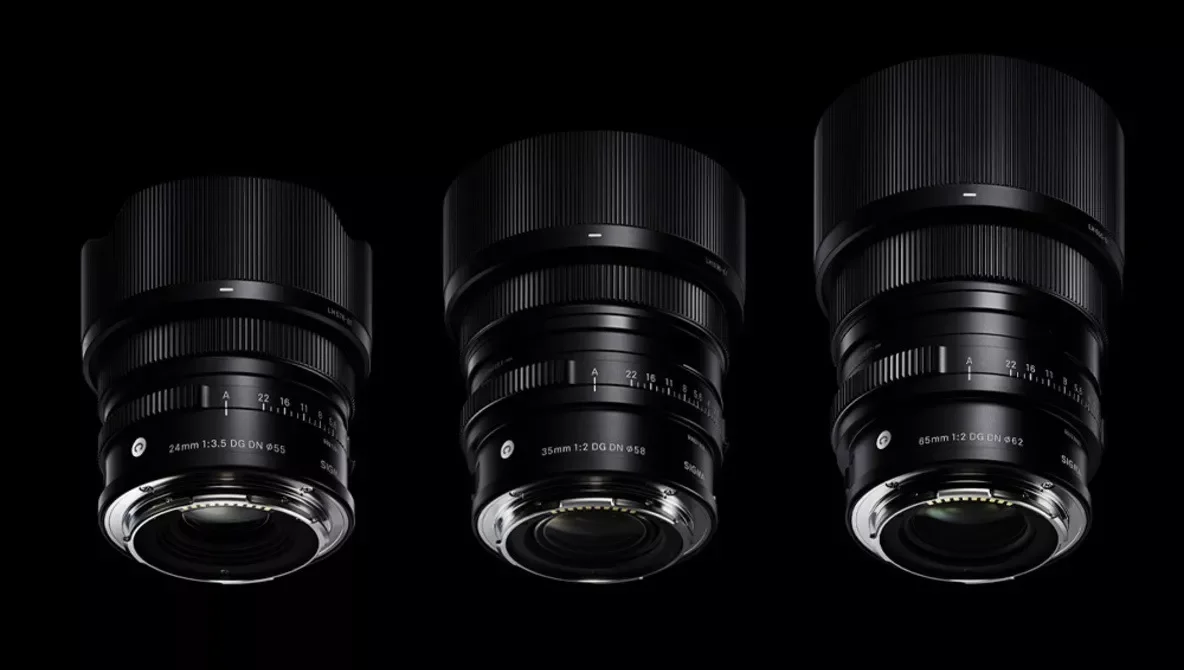Why the Sony FX30 Is the Perfect Camera for Modern Video Production
In an industry where camera gear can cost as much as a luxury car, the Sony FX30 represents something revolutionary: Hollywood-level image quality in a portable, accessible package. At The Coda Collective, our decision to adopt the Sony FX30 as a core production tool isn't just about staying current with technology—it's about delivering maximum value to our clients through a camera that punches far above its weight class.
The Hollywood Connection: Proven Cinema Quality
When director Gareth Edwards and cinematographer Greig Fraser chose the Sony FX3 to shoot the $80 million sci-fi epic The Creator, they weren't making a compromise—they were making a statement. The film, which was released in IMAX and competed visually with productions costing twice as much, proved that sensor size isn't everything. The FX3's compact form factor, exceptional low-light performance, and cinematic color science allowed the production to shoot across more than 80 locations with unprecedented agility.
Fraser, the Oscar-winning cinematographer behind Dune, The Batman, and The Mandalorian, praised the FX3's capabilities, calling it an amazing prosumer camera and stating his intention to shoot an entire film on it. His genius wasn't just in recognizing the technical capabilities—it was in understanding that modern cinema is about mobility, flexibility, and authentic storytelling, not just expensive gear.
The FX30 Advantage: Where Portability Meets Performance
The Sony FX30 shares the same DNA as the FX3, using the identical body design and nearly all the same professional features. The key difference? The FX30 uses a Super 35 (APS-C) sensor instead of full-frame, which brings several distinct advantages for video production:
Sharper 4K Through 6K Oversampling
While the FX3 captures pixel-to-pixel 4K from its 12MP sensor, the FX30's 26MP sensor oversamples from 6K resolution to create incredibly detailed 4K footage. This means sharper images with excellent detail retention—crucial for commercial work where every frame matters.
Lighter, More Affordable Glass
The APS-C sensor format opens up a world of lens options that are lighter and more affordable than their full-frame counterparts. This is where our investment in Sigma Contemporary lenses becomes a game-changer.
Sigma's Contemporary line—including lenses like the 16mm f/1.4, 30mm f/1.4, and 56mm f/1.4—delivers sharpness and image quality that rivals lenses costing three to four times as much. These lenses are optically excellent, lightweight for handheld and gimbal work, and produce a cinematic look that clients associate with high-budget productions. On an APS-C sensor, an affordable 30mm f/1.4 becomes a perfect 45mm equivalent portrait lens, while a 56mm f/1.4 becomes an 84mm classic portrait focal length—all at a fraction of the weight and cost of full-frame alternatives.
Real-World Benefits: What This Means for Our Clients
The technical specifications are impressive, but here's what they translate to in practical terms for our clients:
More Coverage, Less Setup Time
A lighter camera and lens package means we can move faster between setups. Instead of hauling heavy cinema rigs that require extensive setup time, our FX30 package can transition from handheld to gimbal to tripod in seconds.
This agility means we capture more footage in the same shooting day, giving clients more options in the edit and better value for their investment.
Dynamic Movement Without Compromise
The combination of the FX30's compact size, excellent in-body stabilization, and lightweight Sigma lenses means we can achieve cinematic camera movement that would traditionally require expensive support equipment. Smooth tracking shots, dynamic handheld sequences, and fluid gimbal work become standard operating procedure rather than time-consuming setups.
Exceptional Low-Light
Performance With dual native ISO at 800 and 2500, the FX30 handles mixed lighting conditions brilliantly. Whether we're shooting in a naturally lit office environment, capturing golden hour exteriors, or working in dimly lit restaurants, the camera delivers clean, noise-free images. This means less time lighting and more time focusing on performance and storytelling.
Professional Color Science
The FX30 includes Sony's S-Cinetone color profile, the same professional color science used across Sony's Cinema Line cameras. This means our footage has that immediately recognizable cinematic look straight out of camera, with beautiful skin tones and a filmic quality that requires minimal color grading. For clients, this translates to a polished, high-end look without the high-end budget.
The Perfect Balance
The Sony FX30 represents the perfect convergence of portability and cinematic quality. It's a camera that doesn't force us to choose between mobility and image quality, between shooting flexibility and professional results. When Greig Fraser demonstrated that you could shoot a Hollywood blockbuster on Sony's compact cinema cameras, he validated what forward-thinking production companies already knew: we live in a remarkable era where the tools of professional cinematography are more accessible than ever.
For our clients at The Coda Collective, this means they get the benefit of cinema-quality imagery without the bloated budgets traditionally associated with high-end video production. They get more shooting flexibility, more dynamic camera movement, more coverage, and ultimately, more value.
The Future Is Here
We truly live in a wonderful world where video production shoots of all scopes and scales get access to the same cinematic tools as the pros. The Sony FX30, combined with exceptional glass like Sigma's Contemporary lenses, delivers a Hollywood-caliber look at a fraction of the cost and weight of traditional cinema setups.
Whether we're producing a corporate video, a commercial campaign, or branded content, our clients benefit from production values that rival the biggest-budget projects—delivered with the efficiency and agility that modern businesses demand.
The question isn't whether affordable cinema cameras can compete with expensive rigs. Gareth Edwards and Greig Fraser already answered that with The Creator. The real question is: why would you pay more for anything less?


